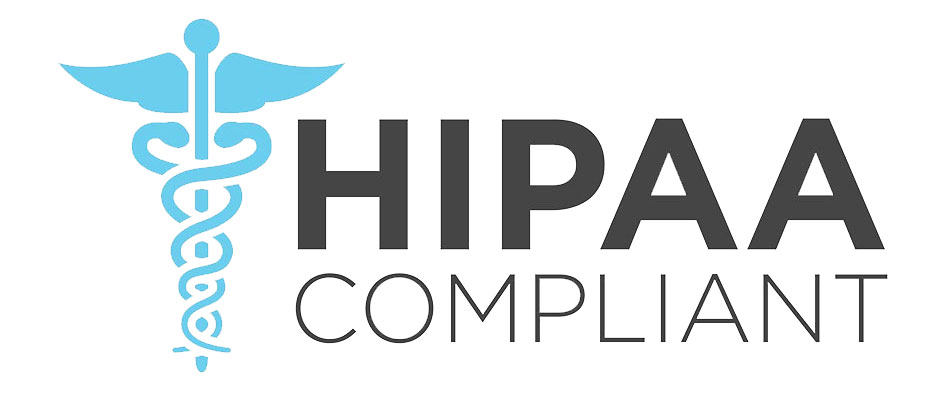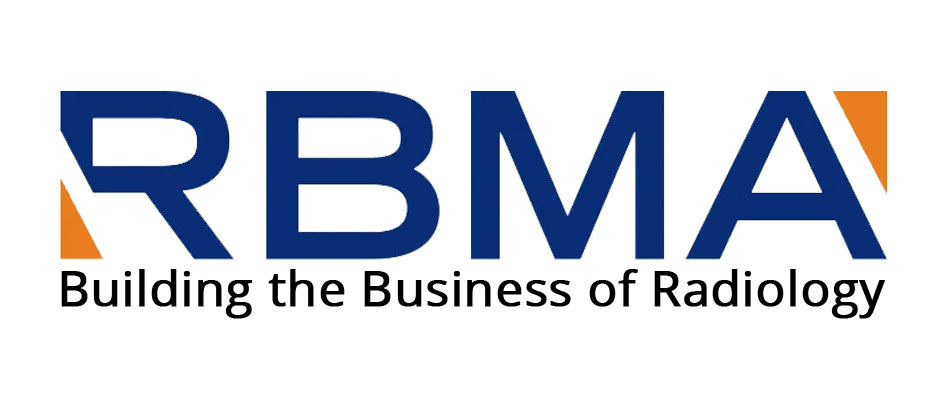2019 was marked in golden letters for the teleradiology industry. Sudden changes in the technology caused a paradigm shift in the way the radiology information of patients were treated. The change accelerated customer satisfaction and improved patient care. Teleradiology solved most issues with transferring radiology images from one place to another. It became time-saving and benefited many hospitals and diagnostic centers. It shrunk the workload drastically, and streamlined collection of second opinions without the overhead of human hours. We predict that by 2023, Teleradiology services would etch a new record through innovation and technology. Below are some of the latest Teleradiology trends, and their possible impact in the long run.
Predictions in Teleradiology Outsourcing for 2020
The mention of radiology today is incomplete without the simultaneous mention of teleradiology. Thanks to the availability of the internet in every corner of the world, it has become easier to share information/images with different diagnosticians, hospitals, and private clinics. Therefore, we have listed the global teleradiology outsourcing market trends to watch out for -
-
The Omnipresent Cloud

The Cloud not only ushered radical changes in radiology and healthcare, but it also promises growth in other industries. Thanks to the cloud services, hospitals, and diagnostic centers can easily store their data into a virtual storage space. This frees up their offline server space, finally resulting in three vital benefits -
- Reduction in the overall cost of infrastructure for the healthcare departments, since most cloud software work on a SaaS model.
- The geographical barrier is removed, helping hospitals and diagnostic centers improve productivity and get quicker feedback on the test results.
- Doctors can understand the condition of the patient, clearly. This reduces the necessity of getting unnecessary scans done.
-
Intelligent Workflow Management

Teleradiology outsourcing trends are increasing for a reason. It is expected that soon, teleradiology will get ahead of PACS and RIS systems to become the primary choice of teleradiology services. Workflow management will not be limited to reading images and reporting features. It will include smarter tools that will enable physicians to analyze images efficiently, reducing any chances of error in the healthcare industry. A community of qualified radiologists can be contacted by the internet at flexible timings. This trend is seeing an upsurge, thanks to the availability of collaborative-tools that allow radiologists to hold conversations with one another online. The same tools come in handy when a diagnostician wishes to point out abnormalities in CT or MRI scans.
-
Consumerization Growth

Healthcare has been a center of focus for quite some time now. It is expected that the global teleradiology market will grow in the consumer's direction. It is already possible for the consumers to view expert opinions and test results online, thus pushing consumerism towards a breakthrough. Websites are being created to channel consumer-based interactions with healthcare specialists online. Such websites require patients to submit their original teleradiology images so that a proper diagnosis can be given. The consumer is asked to save these on HIPAA-compliant, and regulated database for easy usability. The advanced technology has instigated millions of patients to come ahead and get second opinions, easily. Hopefully, this trend is here to stay.
-
Better Solutions for Mobile Devices

Smartphones have already taken over the world. Almost all of us have access to smart mobile phones that does a little more than just communicating with people. It is also easier for medical professionals to access information of their patients, especially owing to their busy schedules. This way, even if neurosurgeons, cardiologists, oncologists, etc., are not available for face-to-face conversation, they can just access the app and share their medical opinions with patients. Many other apps focusing on other diseases are also being created to provide a variety of platforms for acute strokes, heart diseases, amongst others. This will ensure that radiologists are able to engage with a patient's problem urgently and provide a quick diagnosis.
-
Improvement of Broadband Services

Even if superior technology is developed, but the internet connections around the world are not viable, teleradiology outsourcing reduces its efficiency. While the predictions in teleradiology outsourcing for 2020 are expected to devise better solutions for mobile devices, there will also be a focus on improving the overall internet facilities.
-
3D Report Viewing

3D report viewing is the next level of Teleradiology. It enables healthcare specialists to clearly view information on reports without physically holding one. The transition from 2D report viewing to a 3D report viewing is a milestone in the field of teleradiology outsourcing and app development. Until a few years ago, 3D report viewing was only considered a privilege of radiologists, and only high-end workstations could have access to it. However, now, the evolution of technology has led to the invention of solutions that allow 3D imaging of reports possible. Now, clients simply must download 3D viewing apps, instead of going between multiple servers to achieve clear 3D imaging.
-
The requirement for More Experts and Sub-specialists

Right now, the world is suffering from a shortage of experienced doctors and radiologists. The state of teleradiology in 2020 is bound to improve provided that preparatory sessions for radiologists and doctors are organized to fight the shortage. Moreover, the need for subspecialists and super-specialists is on the rise because it's becoming tougher for a healthcare institution to have all of them under one roof.
-
New Training Models

One of the latest trends in Teleradiology outsourcing is the creation of vigorous training models. Enabling global learning has also been a priority for companies, to expand the market at the speed of light. Virtual training sessions are organized to enable students to comprehend the analysis shared through teleradiology. This change is slowly pushing the growth of flexible and scalable classrooms, thus increasing the pool of trained doctors and radiologists for the job.
-
Socio-Economic Development

Unfortunately, the changing lifestyles in today's generation are becoming a magnet to health issues. Unhealthy practices like consuming alcohol, unhygienic foods, lack of exercise in an individual's routine are some factors that are leading to an increase in various heart examinations, MRIs, and other tests. Such factors are contributing to the teleradiology outsourcing trends 2020.
-
High Demand in North America

North America was amongst one of the major countries that showed an inclination towards teleradiology outsourcing. It is expected that in the next few years, North America's hold over the area will only solidify. In fact, non-stop growth is expected until 2025. The healthcare market is predicted to grow with the advancement in Teleradiology outsourcing.
-
Technological Upgradation

Currently, advanced teleradiology isn't within the reach of most healthcare providers, and since the network infrastructure is still restrained, it is highly expensive. To combat this, companies are willingly adopting digitalization and considering technological upgrades in the global market.
-
AI in Teleradiology

With the growth of AI in all fields, it is becoming possible to automatically examine reports and get a diagnosis. Teleradiologists have already started using such AI technologies to increase the accuracy of analysis and quality levels. The use of AI is also helping in creating better image-based knowledge bank that can be referred to instantly. As technology grows, it is bound to have a significant impact on the teleradiology sector.
Flatworld Solutions: Streamline your Practice with these Trends and Predictions
Teleradiology market trends are also pointing towards a prediction of a boom for Flatworld Solutions, owing to our excellent teleradiology outsourcing service. Having strategized innovatively, our share in the market is increasing, every day. With an experience of over two decades as a service provider for the healthcare domain, Flatworld Solutions has helped clients adapt to the ever-evolving healthcare industry. We are well-equipped with the latest technology in delivering teleradiology outsourcing services including 3D image processing services and medical imaging services. So contact us today to know more.
Contact UsOur Customers





Key Differentiators
AHIMA Healthcare Convention 2016

USA
Flatworld Solutions
116 Village Blvd, Suite 200, Princeton, NJ 08540
PHILIPPINES
Aeon Towers, J.P. Laurel Avenue, Bajada, Davao 8000
KSS Building, Buhangin Road Cor Olive Street, Davao City 8000
INDIA
Survey No.11, 3rd Floor, Indraprastha, Gubbi Cross, 81,
Hennur Bagalur Main Rd, Kuvempu Layout, Kothanur, Bengaluru, Karnataka 560077















